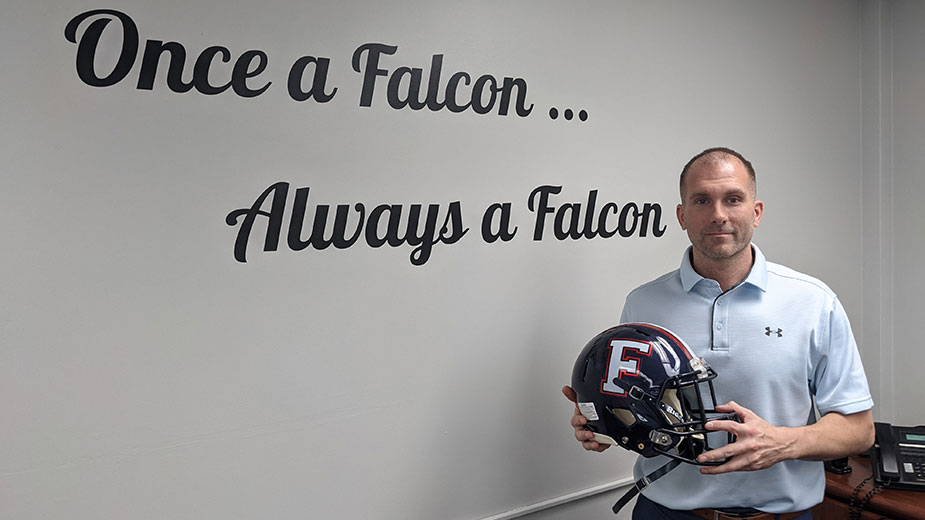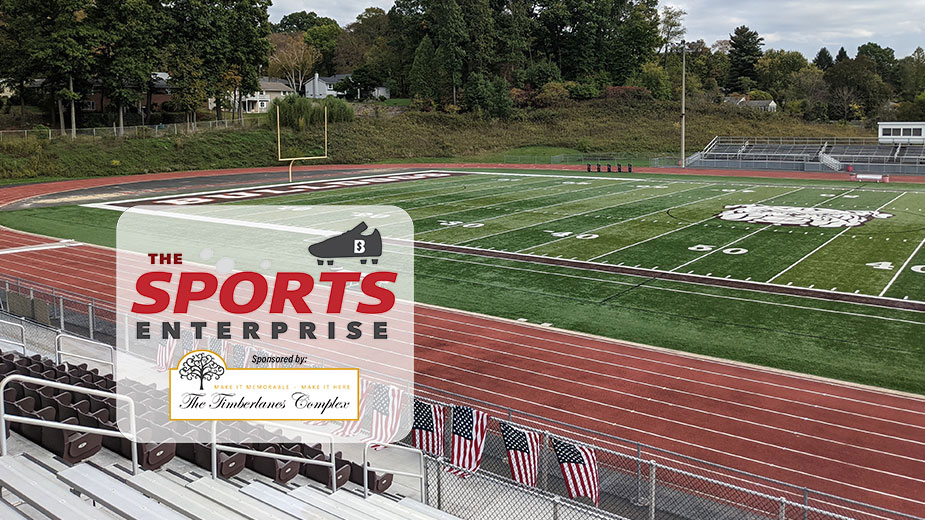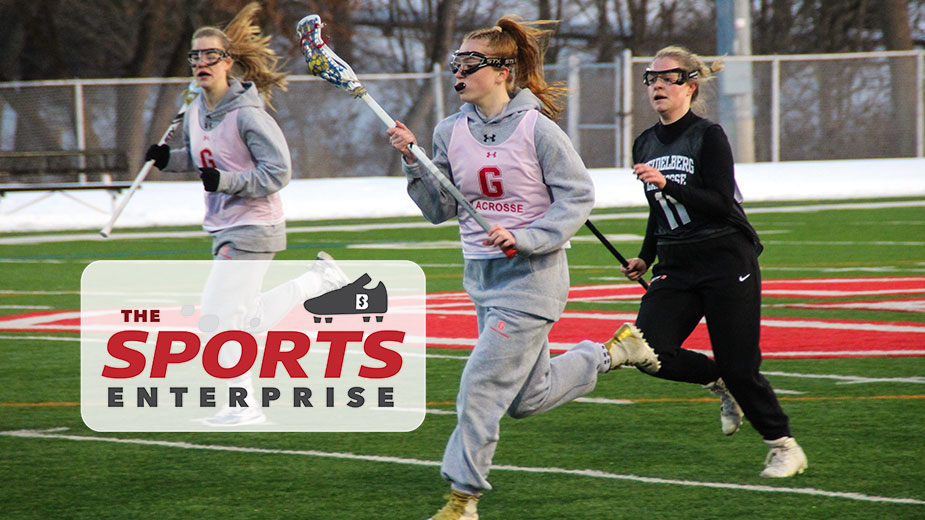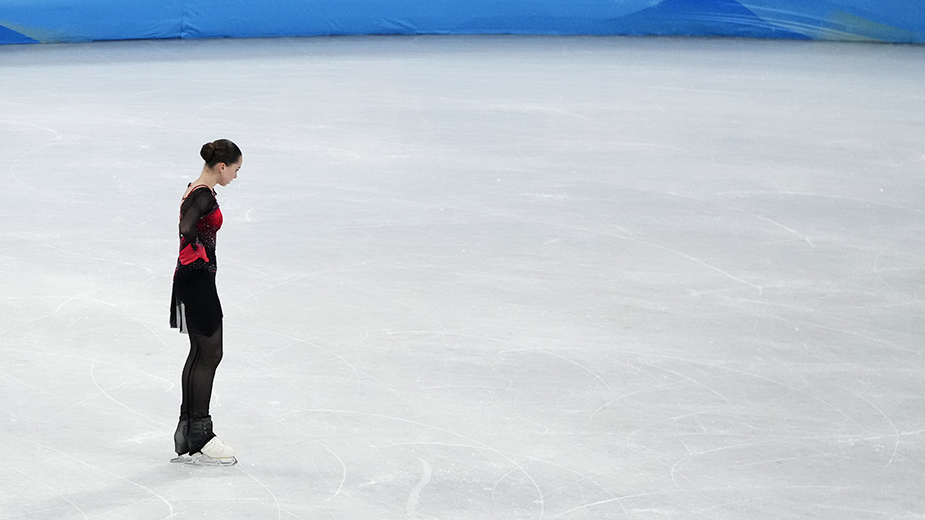Valley High School Athletic Budgets Impacted by COVID-19 Disruptions
YOUNGSTOWN, Ohio — Only one of East Palestine’s sports teams – volleyball – was competing the week of Oct. 4. The rest of the middle and high school programs were sidelined because of COVID-19 cases, resulting in a loss of revenue for the district.
Dwayne Pavkovich, athletic director of East Palestine City Schools, says revenue from middle school home volleyball contests is $300-500, while high school volleyball is $500-700.
Football brings in much more money.
The high school’s Oct. 8 home football game against Columbiana was canceled because of positive COVID cases, which means $3,000 to $5,500 in revenue was lost.
“[Losing] a [home] football game, those hurt,” says Pakovich, whose athletic budget ranges from $125,000 to 175,000 during the scholastic year. “Those can be big ticket items for us.”
Austintown Local Schools Athletic Director Russell Houser says it costs $7,000 to employ middle and high school officials for fall sports contests such as volleyball, football and soccer. Officials for the entire school year are $12,000 to $15,000. Security for home contests, public address announcers and other game-day workers add another $10,000 for the year.
Houser’s school has not seen as big of an impact on its budget, losing only a couple of high school boys soccer games and some middle school contests.
“Budget wise in terms of lost revenue, we haven’t been hit real hard with that,” Houser says.

The Falcons football team did have an away football game against Canton GlenOak canceled due to COVID-19 in September.
Home football games against Chaney and Massillon average $10,000 $15,000 in revenue after game workers, officials and other expenses are paid.
East Palestine replaced its home game against Windham in Week 2 with another home opponent.
There is no governmental assistance in the form of grants or other financial aid for high school athletic departments struggling due to COVID-19 cancellations.
“We’ve been handed a bunch of unfunded mandates, which is usual in public education,” Pavkovich says. “The government did help out with the extra funds and stuff like that, but most of that stuff went toward cleaning and other expenses at the district.
“I would say unless you have a separate endowment or boosters, someone who’s giving a lot of money, 99% of schools in the state are operating on some type of budget that’s in the red.”
He adds that money that comes from booster clubs such as football, soccer, volleyball and other sports are going directly to the students participating – not for operational purposes.
“We still continue to use their funds and enhance the student experience,” Pavkovich says. “We’re not taking any of those funds to supplant or replace general operating budgets.”
Houser, a 1997 Fitch High School graduate, worked in collegiate athletic settings before coming to Austintown. He’s learning his booster programs are very integral to making the athletic programs on his campus function.
The booster groups fund uniforms, which cost $15,000 to $20,000 for a set for football.
“They’re a huge, integral part of everything,” he says. “Definitely want to make sure that we keep them happy and make sure they get what they want.”
Athletic directors around Ohio and the country had to learn patience and flexibility in their scheduling.
During September, Houser was losing many games in soccer due to COVID-19 cases.
“I spent 50% of my time in the office cancelling buses, trying to find another opponent,” he says.
Pavkovich says the COVID-19 restrictions, quarantines, cancellations and rescheduling will continue into the winter months.
“Hopefully, by the springtime it tapers off,” he says. “I’m by no means an expert, but I’m not optimistic that the winter is going to be better than we dealt with in the fall.”
Pictured at top: East Palestine Bulldogs football field.
Copyright 2024 The Business Journal, Youngstown, Ohio.



